What's On This Page
Anaemia and Veganism
Have you come across the term anaemia vegan? Most people get iron from the meat, fish, and poultry they consume in their diets. Of course, that’s not the case if you eat a vegan or vegetarian diet. Avoiding products that are cruel to animals means that your body is often harmed in one way or another. The sacrifice is worth it.
This does not mean that vegetables and fruits do not contain iron. You have to be more conscious of what you eat. It should be done in the right way. You have to make sure that you eat enough iron.
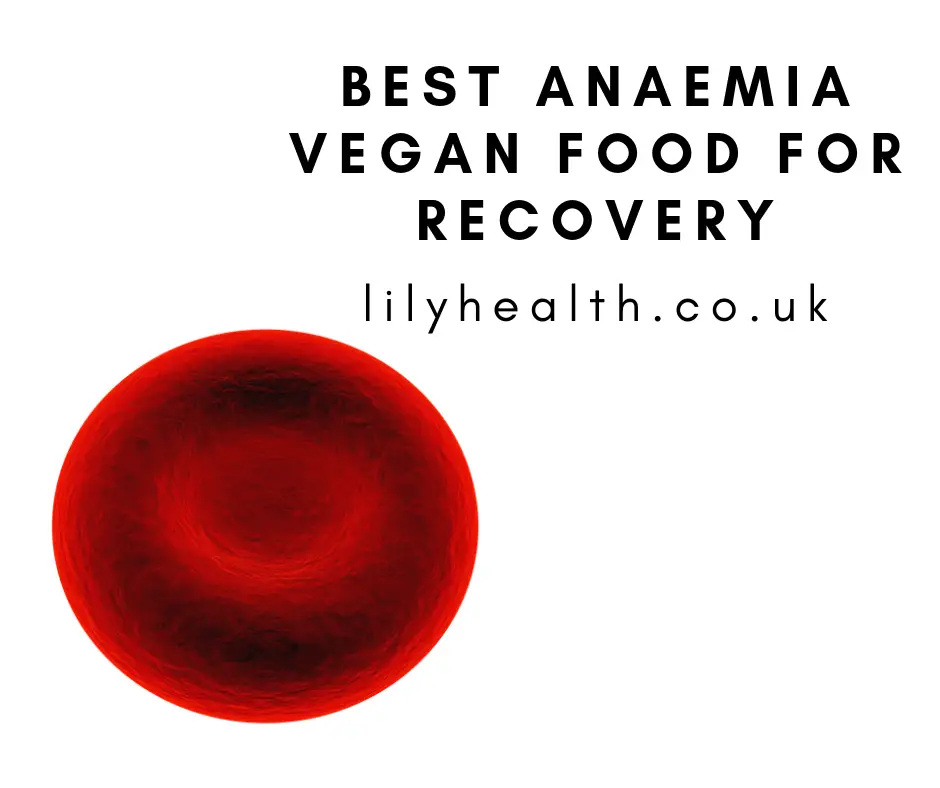
A drop in iron levels can lead to anemia. To correct this problem, you can take various supplements. However, as a long-term solution, you should ensure that your diet contains enough iron.
How much Iron do I need?
The required iron intake for men is about 10 milligrams per day. Women need 15 milligrams per day if they are of childbearing age. The additional 5 milligrams represent the amount lost through menstruation. Pregnant women need 30 milligrams of iron daily.
Although iron is found in certain amounts in food, bioavailability plays a major role. This refers to how many nutrients from food are absorbed by the body. You will find that much of what we eat is lost during digestion.
Heme iron, the iron found in fish and meat, is easily absorbed. Plants, on the other hand, contain non-heme iron, which is not as easily absorbed. A little trick to remember when trying to get your iron from plants is that “iron is best absorbed in an acidic environment.”
Wondering how you can use this to your advantage? Combine your iron-rich vegetables with vitamin C-containing fruit. Add a squeeze of lemon to your lentils. Vitamin C can double the absorption rate of iron.
What about Vitamin B12?
Vitamin B12 plays a massive role in the growth and maturity of cells. A lack of it would mean your cells do not split and grow normally. Most people get their vitamin B12 from animal-derived food. This accounts for twice as many vegans/strict vegetarians being anaemic than meat-eaters.
Symptoms of lack of vitamin B12
- Fatigue
- Tingling of feet and hands for long periods
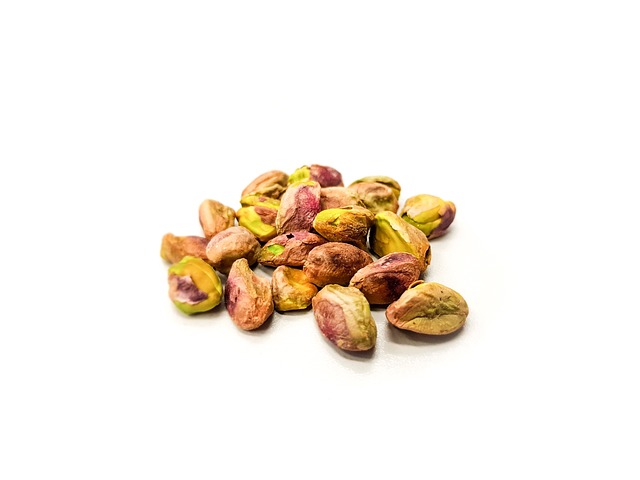
It is worth noting that our bodies use vitamin B12 sparingly. The average person has a supply of about 5-6 years in the body. The downside is that you may not notice the deficiency symptoms for long. These form vegan anaemia symptoms. As with everything else, the same applies here: The sooner you notice them, the sooner you can fix them.
Anaemia Vegan Food Sources of Iron
Non-heme iron sources
| Food | Serving | Iron Level (mg) |
| Cream of wheat cereal | 3/4 cup | 7.7 |
| Tofu | 1/4 block | 6.2 |
| Dried Pumpkin Seed | 1 oz | 4.3 |
| Boiled Lentils | 1/2 cup | 3.3 |
| Baked Potato | 7 oz | 2.8 |
| Boiled Kidney Beans | 1 1/2 cup | 2.6 |
| Boiled Pinto Beans | 1/2 cup | 2.2 |
| Boiled Black Beans | 1/2 cup | 1.8 |
| Canned Pumpkins | 1/2 cup | 1.7 |
| Boiled Split Peas | 1/2 cup | 1.3 |
The table above shows you iron-rich vegetarian foods for anaemia. These should all be a part of your diet if you are vegan. It will certainly go a long way in ensuring you remain healthy and free from anaemia vegan.
Other sources of Iron
Legumes
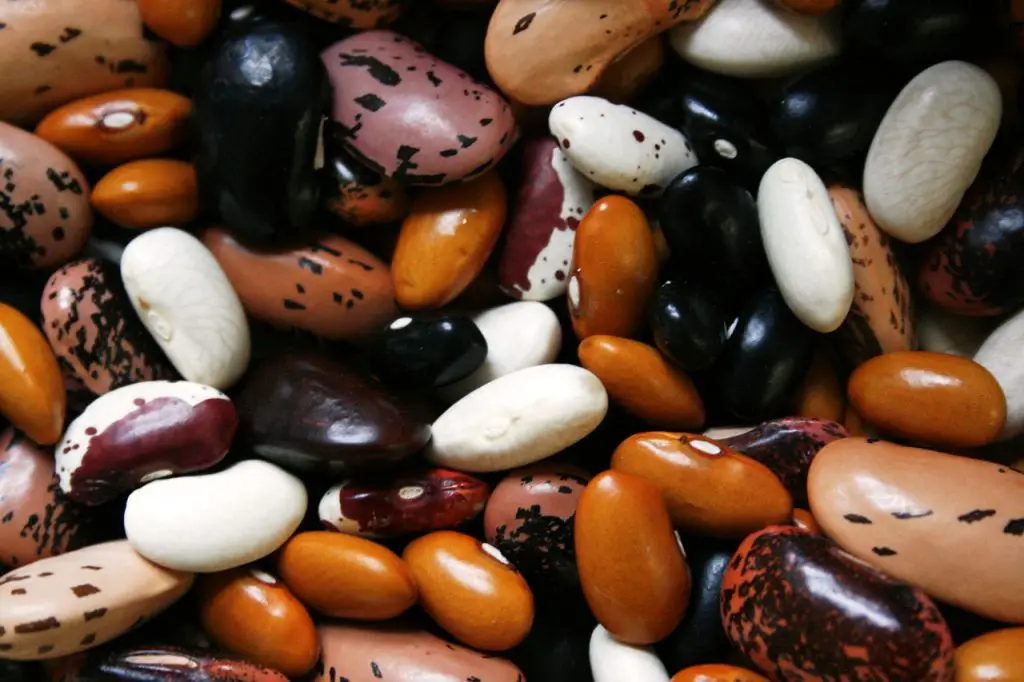
Legumes are a no-brainer in this case.
Nuts and Seeds
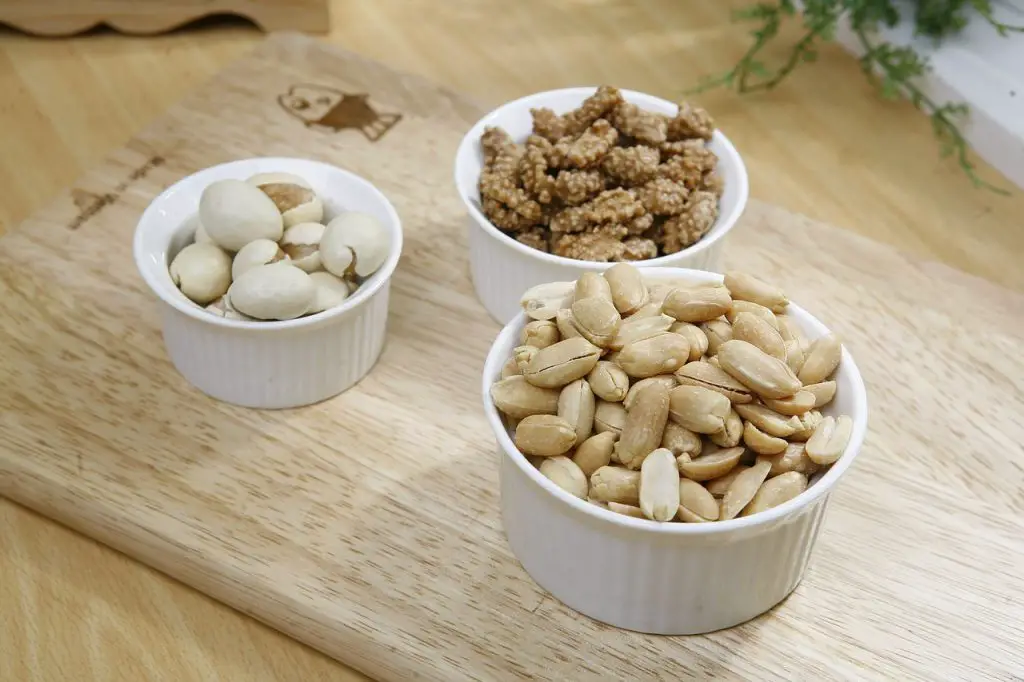
Pumpkin Seeds
Every 100 grams of pumpkin seed contains about 3.3 milligrams of iron. It also packs 446 calories.
Flaxseed
Every 100 grams of flaxseed contains about 5.7 milligrams of iron. It is commonly cultivated in the cooler regions of the world. It also packs about 534 calories.
Sesame seed
Every 100 grams of sesame seed contains 14.6 milligrams of iron. It packs about 573 calories.
Hemp Seed
Hemp seed contains about 7.95 mg of iron in every 100 grams. It packs 553 calories.
Pine nuts
There are 3.1 milligrams of iron in every 100 grams of pine nut. They contain 629 calories per 100 grams.
Hazelnuts
There are 4.7 milligrams of iron in hazelnuts. They also contain 628 calories per 100 grams.
Pistachios
There are 4.8 milligrams of iron in pistachio nuts. They also contain 693.1 calories per 100-gram serving.
Almonds
Raw almonds contain about 5.3 milligrams of iron per 100-gram serving. This will include 828 calories.
Cashew nuts
Raw cashew nuts contain 9.2 milligrams of iron per 100-gram serving. This will include 757.6 calories.
Vegetables
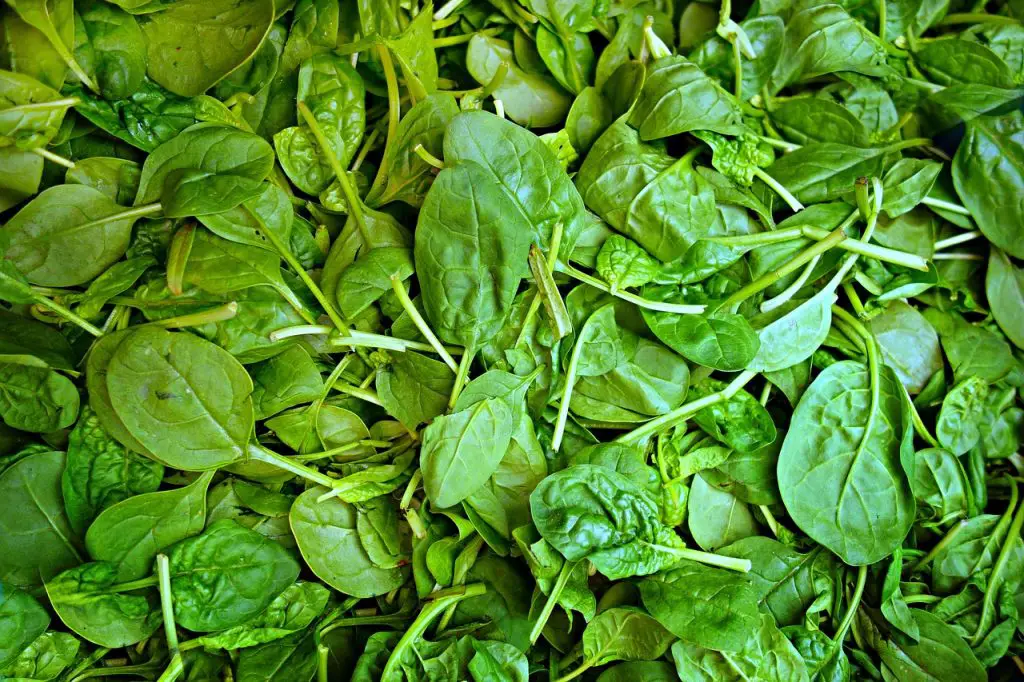
Spinach
Spinach contains 2.7 milligrams of iron per 100 grams. This includes 23 calories.
Kale
Cooked kale contains 0.9 milligrams of iron per 100 grams. This includes 28 calories.
Beetroot
Canned and drained beetroot contains 1.8 milligrams of iron per 100 grams. This includes 31 calories. It goes down to 0.8 milligrams of iron but up to 44 calories when boiled.
Collard Greens / Collards
There are 0.5 milligrams of iron in every 100 grams of raw collards. This will include 32 calories. When boiled, drained and salted, the iron levels are 1.1 milligrams per 100 grams. The calories go up slightly to 33.
Tomatoes
Sun-dried tomatoes contain the highest amount of nutrients per 100 grams. They clock in an impressive 9.1 milligrams of iron and 258 calories. Compare that to 0.5 milligrams of iron and 16 calories that you would get in raw tomatoes.
Potatoes
Raw potatoes contain 0.8 milligrams of iron per 100 grams. They contain 77 calories. Potato skin contains 1.2 milligrams per 100 grams.
Mushrooms
Raw morel mushroom contains an incredible 12.2 milligrams of iron per 100 grams. This includes 31 calories.
Lettuce
Raw green leaf lettuce contains 0.3 grams of iron per 100 grams. There are 5.4 calories in a serving.
Fruit
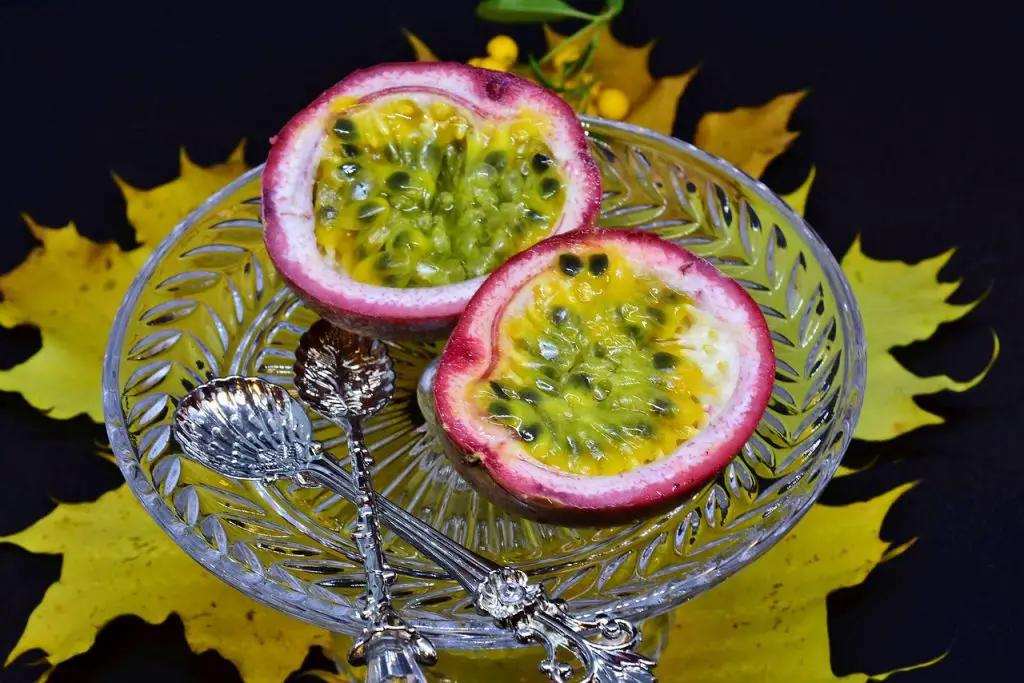
Passion fruit
Horned Melon
Horned melon (kiwano) contains 1.1 milligrams of iron for every serving of 100 grams. They also have 44 calories.
Avocado
Avocados contain 0.6 milligrams per 100 grams. They contain 167 calories.
Dates
Dates contain 1.0 milligrams per 100 grams. They also contain 277 calories.
Berries
Dried goji berries carry the biggest punch. Every 100 grams contain 6.8 milligrams of iron. They contain 349 calories.
Prunes
When prunes are dried, they contain 3.5 milligrams of iron. They have 339 calories as well. As a bonus, they are also a great remedy for constipation.
Watermelon
Watermelons are somewhat disappointing in this case. They contain a small 0.2 milligrams of iron and 30 calories. That being said, they offer a lot of fluid. Keeping you well hydrated.
Raisins
Seeded raising contains 2.6 milligrams of iron and 296 calories. Seedless raisins come in at 1.9 milligrams of iron and 299 calories.
Wholegrain
Quinoa
Once cooked, quinoa will give you 1.5 milligrams of iron for every 100-gram serving. It will have 120 calories in the same portion.
Conclusion
Be sure to include as many of these in your diet as possible. Keep your iron levels high. Anaemia is a condition you do not have to worry about. Also, watch out for foods that make it difficult for the body to absorb iron. Avoid them as much as possible, especially if you are already anaemic.
Leave a Reply